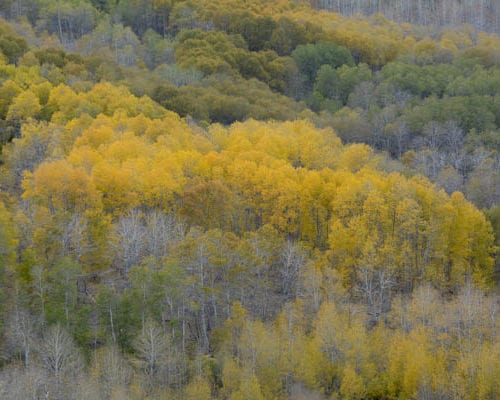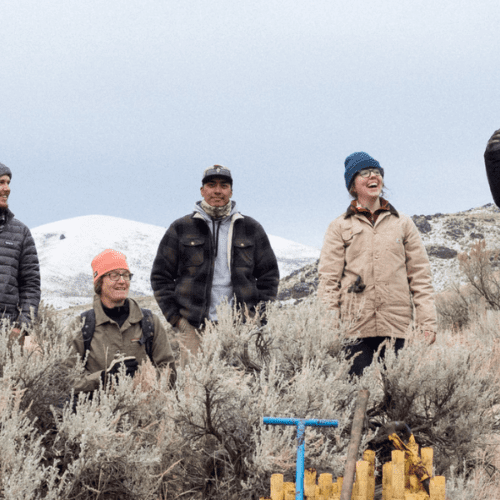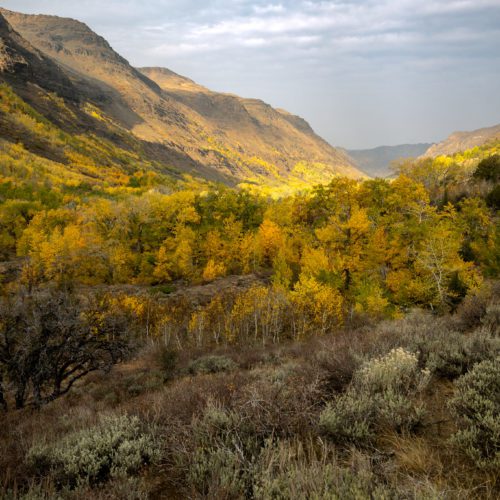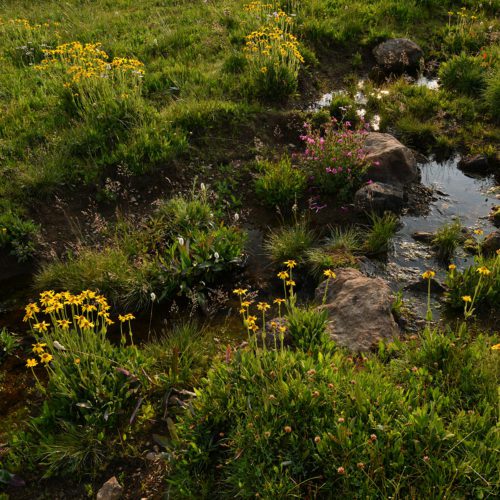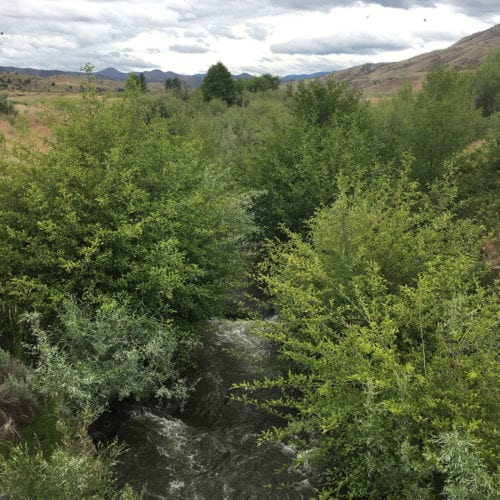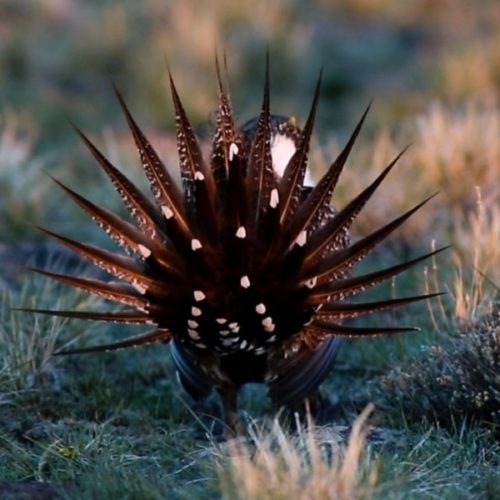Steens Mountain Wilderness Trail Maintenance
In partnership with the Bureau of Land Management’s Burns District, ONDA will improve a portion of the Fred Riddle Trail in the Steens Mountain Wilderness. The Steens Mountain Cooperative Management […]
Read MoreSteens Mountain Wilderness Trail Maintenance
In partnership with the Bureau of Land Management’s Burns District, ONDA will improve a portion of the Fred Riddle Trail in the Steens Mountain Wilderness. The Steens Mountain Cooperative Management […]
Read MoreWhere-To:
See Aspen in Eastern Oregon
Author: Jess Beauchemin | Published: September 12, 2022 | Category: Where-To Four amazing hikes with fall colors on Steens Mountain and Hart Mountain I grew up in New England, where […]
Read MoreWhere-To: See Wildflowers on Steens Mountain
Over 1,000 vascular plant species have been recorded at Steens Mountain. And, in mid-summer, you can expect wildflowers to be reaching their peak, with paintbrush, balsamroot, fireweed, stonecrop (uplands and […]
Read MoreProtected: Bridge Creek Allotments Monitoring
There is no excerpt because this is a protected post.
Read MoreSeven Steps to Save Sage-Grouse
Author: Mark Salvo | Published: April 5, 2022 | Category: Deep Dive After three and half decades of monitoring sage-grouse habitat, sorting through the science, engaging in innumerable federal, state […]
Read More